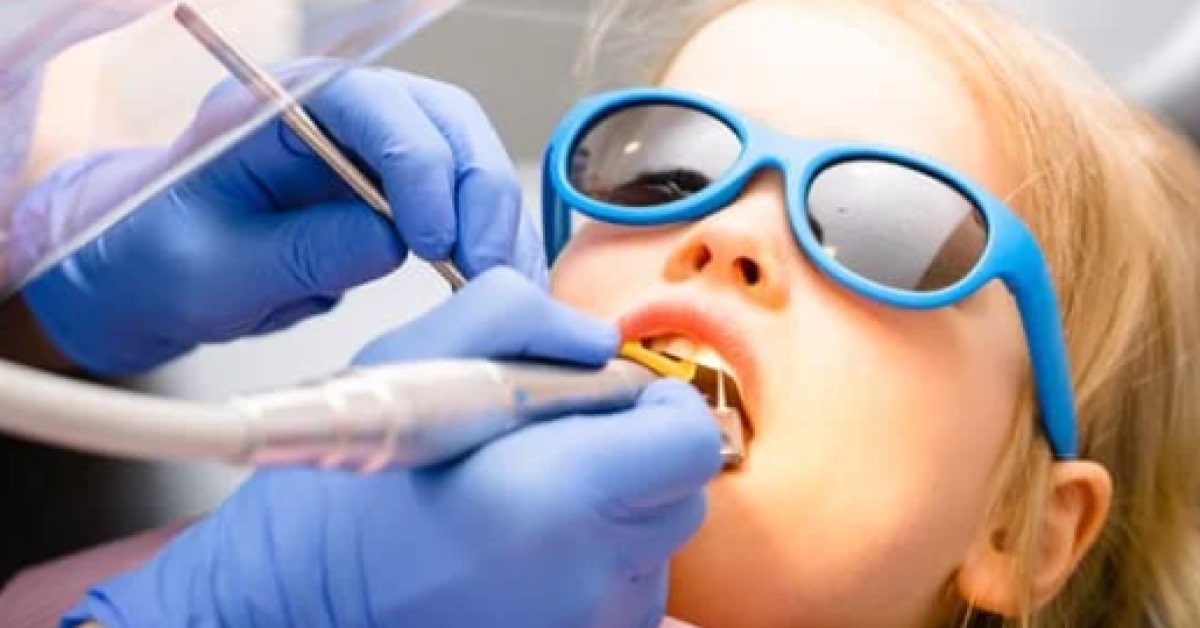Blog
July 12, 2023 • 10 mins readDebunking Myths About Flossing: What You Need to Know
Learn the truth behind common myths about flossing and get the facts you need to maintain healthy teeth and gums.
Author
Danielle Duncan

In this Article
When it comes to oral health, flossing is often considered to be one of the most essential but often ignored steps to maintaining healthy teeth and gums. However, there are many myths and misconceptions surrounding flossing that can make it confusing for patients to know how often and how effectively they should be flossing, and whether or not it is worth the effort.
Today we will be debunking some of the most common myths about flossing and providing you with the information you need to keep your teeth and gums healthy.
Myth #1: Flossing is Optional
Some people believe that flossing is optional and that brushing alone is sufficient for good oral health, this, of course, couldn’t be further from the truth.Flossing is an essential part of maintaining appropriate oral health because it helps to remove food particles and plaque from between your teeth and along the gum line, where your toothbrush can’t reach.
Not only will your teeth and gums thank you for flossing, your dental visits will also become a whole lot easier due to there being less plaque and buildup that needs to be removed during an annual cleaning and exam.
Myth #2: Flossing is Painful
Many people avoid flossing because they think it will be painful or uncomfortable. However, if you are flossing correctly, it should not be painful at all. If you experience pain from flossing, it could be a sign of gum disease or another oral health issue, so it’s important to speak to your dentist.
If you are struggling with how to floss appropriately, your dentist can show you how to properly floss to avoid pain and discomfort, while getting the most out of your flossing.
Myth #3: Flossing is Time-Consuming
Another common myth about flossing is that it takes too much time and effort to do it properly. However, flossing only takes a few minutes each day and can be easily incorporated into your daily oral hygiene routine.
Remember, repetition is key. When you establish a proper oral health care routine that includes flossing, it can help to reduce the amount of time spent flossing for each subsequent time.
Myth #4: Flossing is Only Necessary for Adults
While it’s true that adults are more prone to gum disease and tooth decay, children and teenagers can also benefit from flossing. It’s never too early to start good oral hygiene habits, and flossing should be a part of that routine.
Not only that, protecting baby teeth can help to prevent future problems with adult permanent teeth later.
Myth #5: All Floss is the Same
There are many different types of floss available, including waxed, unwaxed, flavored, and unflavored options.
It’s important to find a floss that works well for your teeth and gums, and that you enjoy using, as this will help you stick to your flossing routine. In extreme cases where manual flossing isn’t well tolerated, a dentist may also recommend a waterpik. While waterpiks aren’t ideal for the removal of all buildup, it is better than nothing in certain situations that prevent a normal flossing routine.
Myth #6: No Flossing With Braces
Flossing with braces is important because it can be difficult to clean between the wires and brackets of your braces using just a toothbrush. Food particles and plaque can easily get stuck in those hard-to-reach spots, leading to the buildup of bacteria and the potential for tooth decay and gum disease. Flossing helps to remove these particles and keep your teeth and gums healthy. Additionally, regular flossing can help prevent staining and discoloration of your teeth. So, be sure to make flossing a part of your daily oral hygiene routine, even with braces!
If you struggle with flossing with braces, your orthodontist can help show you how to easily and effectively floss your teeth while undergoing treatment.
Myth #7 There is No Right Way to Floss
Flossing is an essential part of oral hygiene that helps to remove plaque and food particles from between your teeth. You may wonder how to floss properly, first start by breaking off about 18 inches of floss and winding most of it around your middle finger.
Hold the remaining floss between your thumb and index finger, and gently guide it between your teeth using a back-and-forth motion. Be sure to curve the floss around the base of each tooth, making a “C” shape, to ensure that you remove any debris that may be hiding there. Each step of this process is repeated for each tooth, using a fresh section of floss each time. Don’t forget those back teeth! With regular flossing, you can help to prevent gum disease and keep your teeth and gums healthy.
Remember, flossing is an essential part of good oral hygiene, and it’s important to debunk the myths and misconceptions that can prevent people from flossing regularly. By understanding the importance of flossing and how to do it properly, you can keep your teeth and gums healthy for years to come.



